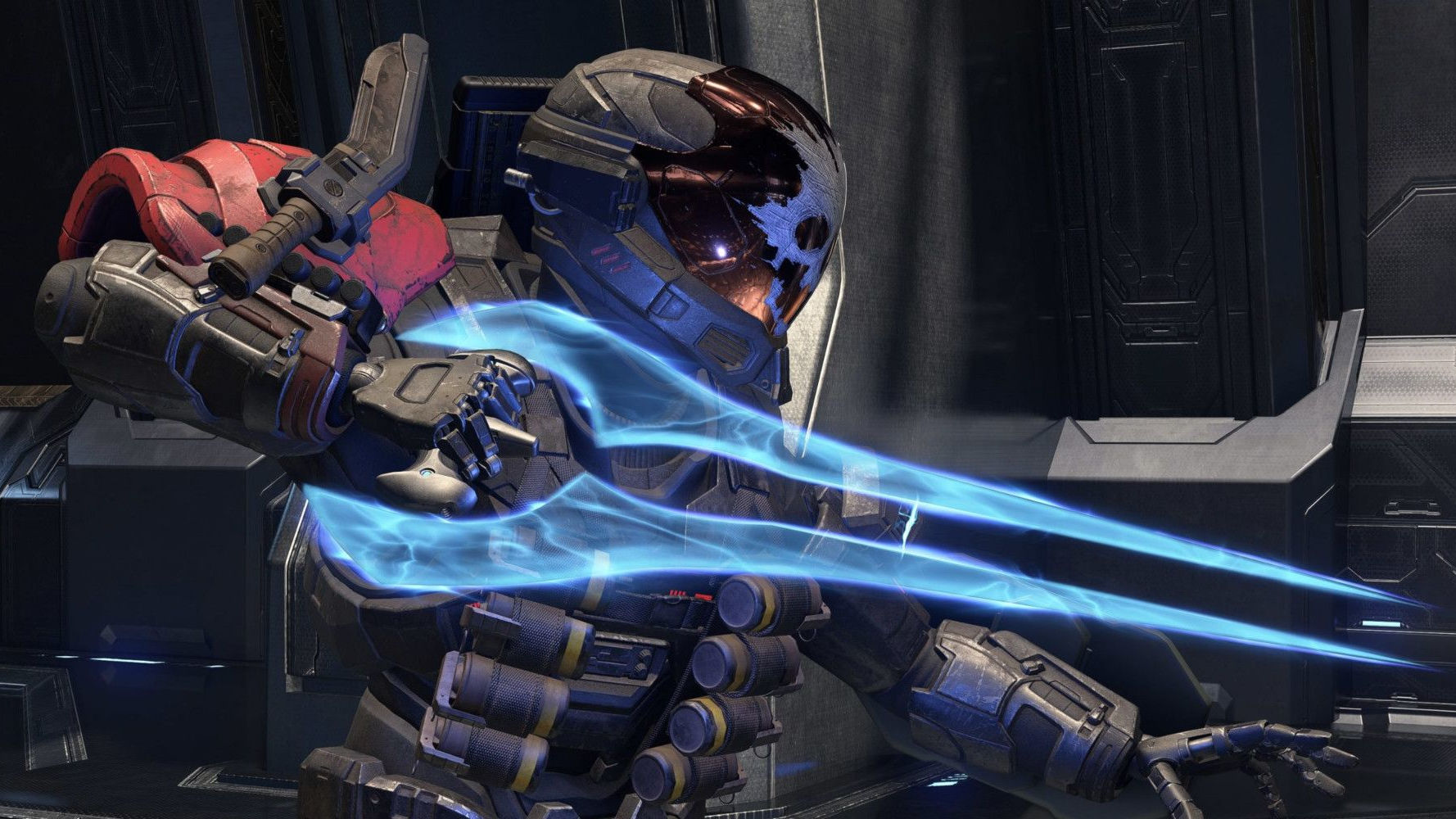Halo Infinite is losing players fast – but that’s no problem for a live service game
Xbox and PC players are leaving Halo Infinite

Halo Infinite has lost a significant number of active players since it launched to a warm reception last year.
Critics praised the game across the board, while Microsoft called Halo Infinite the “biggest launch in Halo franchise history” and said the game had attracted 20 million total players by January 25.
However, the game has proved less successful when it comes to retaining those players, with many no longer returning regularly to the shooter.
On PC, Halo Infinite’s player count has fallen dramatically since launch, now peaking at around 30,000 daily concurrent players on Steam (via Business Insider). When the game launched in November, its daily concurrent player count peaked above 250,000 players – so that’s nearly a 90% drop-off.
It's a similar story with the Xbox release. As Forbes reports, Halo Infinite has fallen out of Xbox’s top five most-played games, taking sixth position behind Fortnite, Call of Duty: Warzone, GTA 5, Apex Legends and Roblox.
Although Microsoft hasn’t published any hard numbers about Halo Infinite’s Xbox player count, the game looks to be following the same trend as it has on PC: downwards.
Opinion: a player exodus shouldn’t be surprising

Despite its glowing reception at launch, Halo Infinite hasn’t been without issues. When the multiplayer released in November, players reported a glut of bugs and glitches affecting gameplay, matchmaking, graphics and more. Although plenty of these problems were fixed in good time, and are par for the course with any triple-A multiplayer shooter at launch, some persisted for months.
Sign up for breaking news, reviews, opinion, top tech deals, and more.
Only last week did developer 343 Industries successfully release a patch to solve Big Team Battle matchmaking issues, which has prevented players from joining matches in large parties.
Similarly, the game came under fire for its punishing Battle Pass progression system, which required players to complete set challenges for XP. It raised a number of problems for players, who found they were unable to complete some challenges and were unhappy with the slow pace at which rewards were unlocked. As a result, the Battle Pass progression system was overhauled a few weeks later to reward players more consistently.
Other issues have cropped up, too, such as the excessively costly microtransactions in Halo Infinite’s in-game shop, and mandatory crossplay that requires Xbox users to play against PC gamers. The worry is that PC users can score an advantage with their keyboard-and-mouse setups, and have greater access to game-breaking cheats.
The absence of classic Halo game modes like King of the Hill, Infection, and Grifball has also rubbed some players the wrong way, while the promise of Forge (a custom map-maker mode) and campaign co-op coming sometime later this year is proving too long a wait for eager fans.

But these problems aren’t peculiar to Halo Infinite. No huge multiplayer shooter launches without bugs, glitches, and quality-of-life problems that can take weeks or months to iron out. Battlefield 2042 has been lambasted by fans for its mass of broken features, and Call of Duty: Vanguard isn't exactly squeaky clean in the defect department either.
To single out Halo Infinite’s gameplay issues as the driving factor behind its player exodus does the game a disservice, and lets others off the hook.
The game’s dwindling playerbase says more about the nature of live service games than it does the quality of the title itself. By throwing waves of content at players, live service games follow an ebb and flow of popularity. Players might leave after a few months, but will return when a new game mode drops, a major event launches, or some other piece of new content draws them back.
Live service games aren’t designed to keep your constant attention, but provide a base to which you can return time and again. With Halo Infinite’s multiplayer free to play on Xbox Series X/S and PC, it’s in a strong position to lure lapsed players back to the game through major DLC releases. We wouldn’t be surprised if its player count rapidly soared later this year when its next, and indeed first, major content drop releases.
A 90% fall in active players doesn’t look good for 343 Industries, and the developer may well be disappointed at how quickly fans have left. But it certainly doesn’t signal the premature decline of Halo Infinite, nor should it come as much of a surprise. The game has successfully captured huge interest, and can now let its live service magic do its thing.

Callum is TechRadar Gaming’s News Writer. You’ll find him whipping up stories about all the latest happenings in the gaming world, as well as penning the odd feature and review. Before coming to TechRadar, he wrote freelance for various sites, including Clash, The Telegraph, and Gamesindustry.biz, and worked as a Staff Writer at Wargamer. Strategy games and RPGs are his bread and butter, but he’ll eat anything that spins a captivating narrative. He also loves tabletop games, and will happily chew your ear off about TTRPGs and board games.